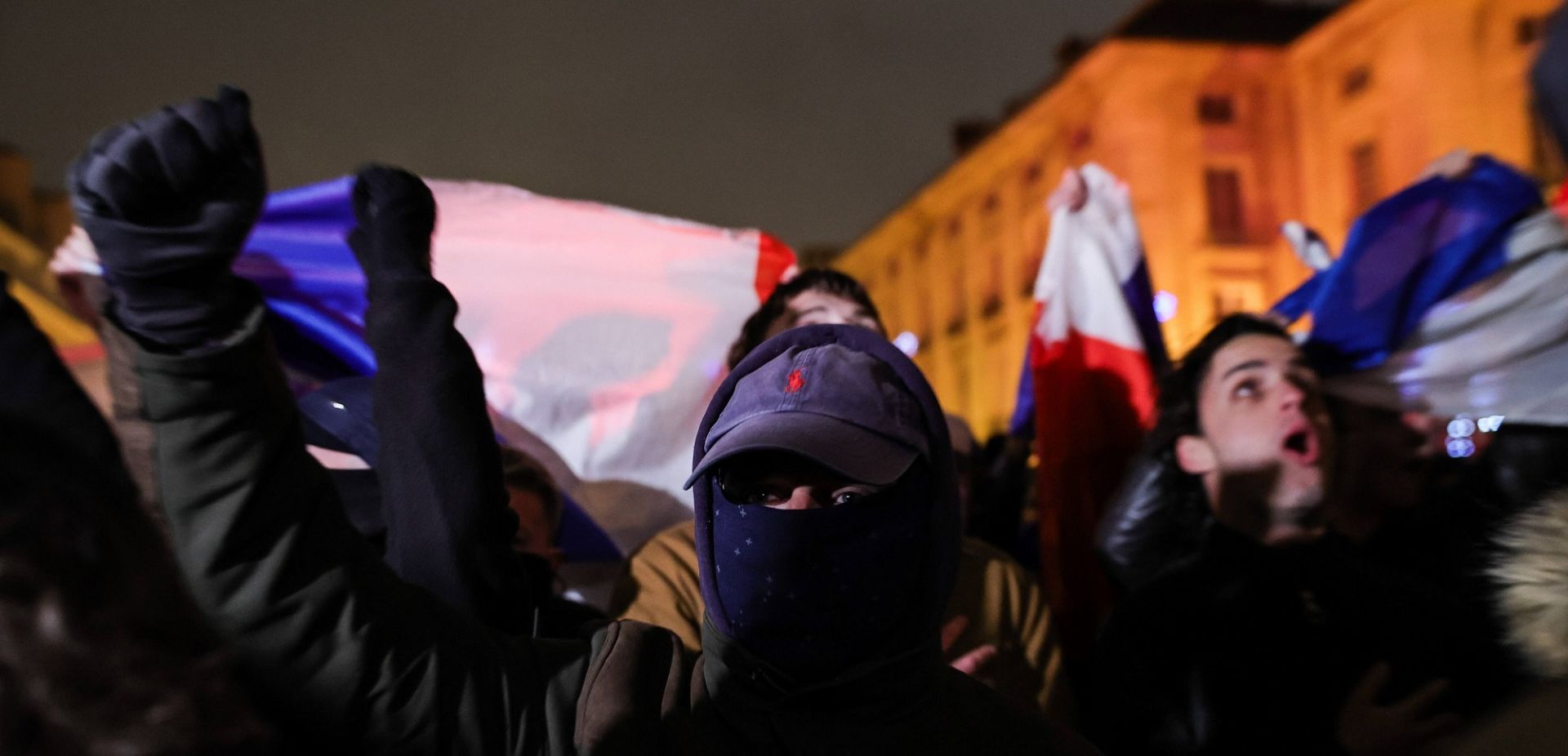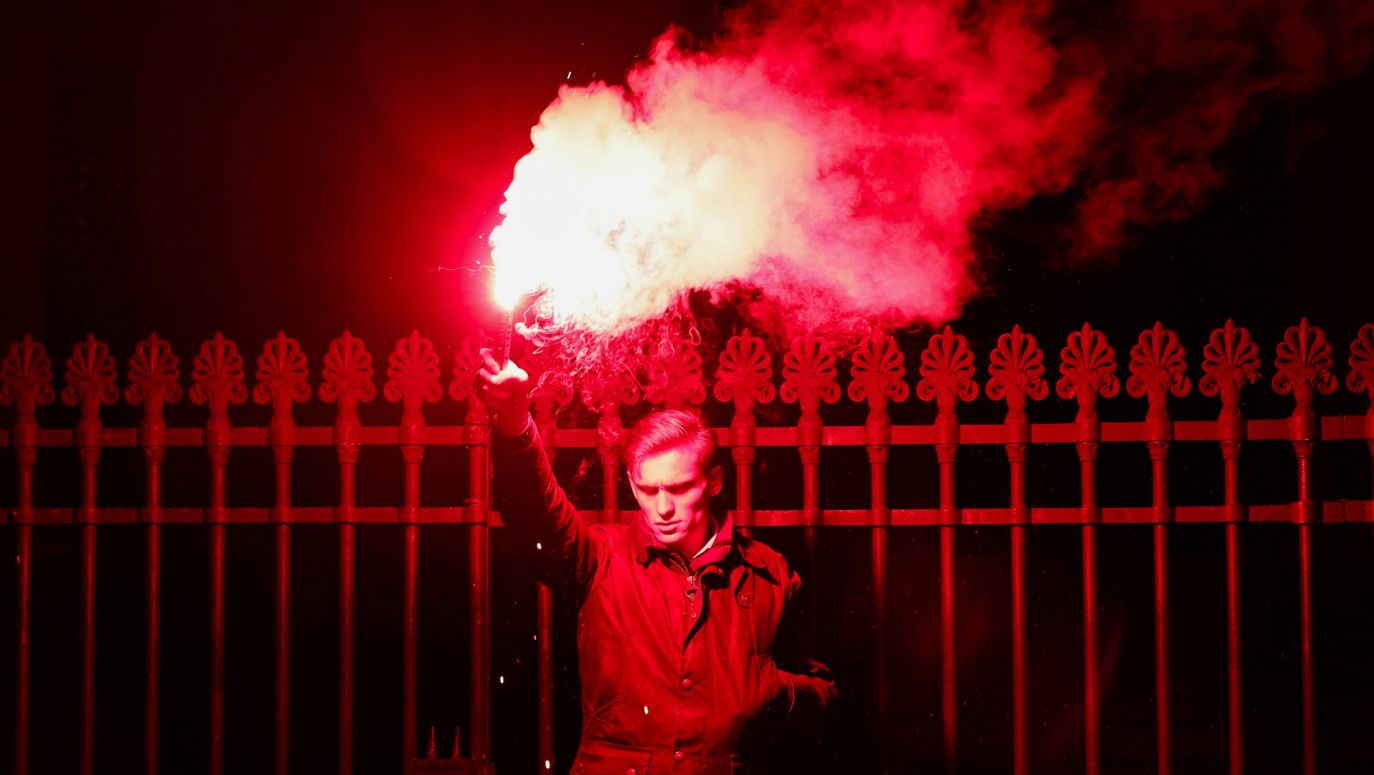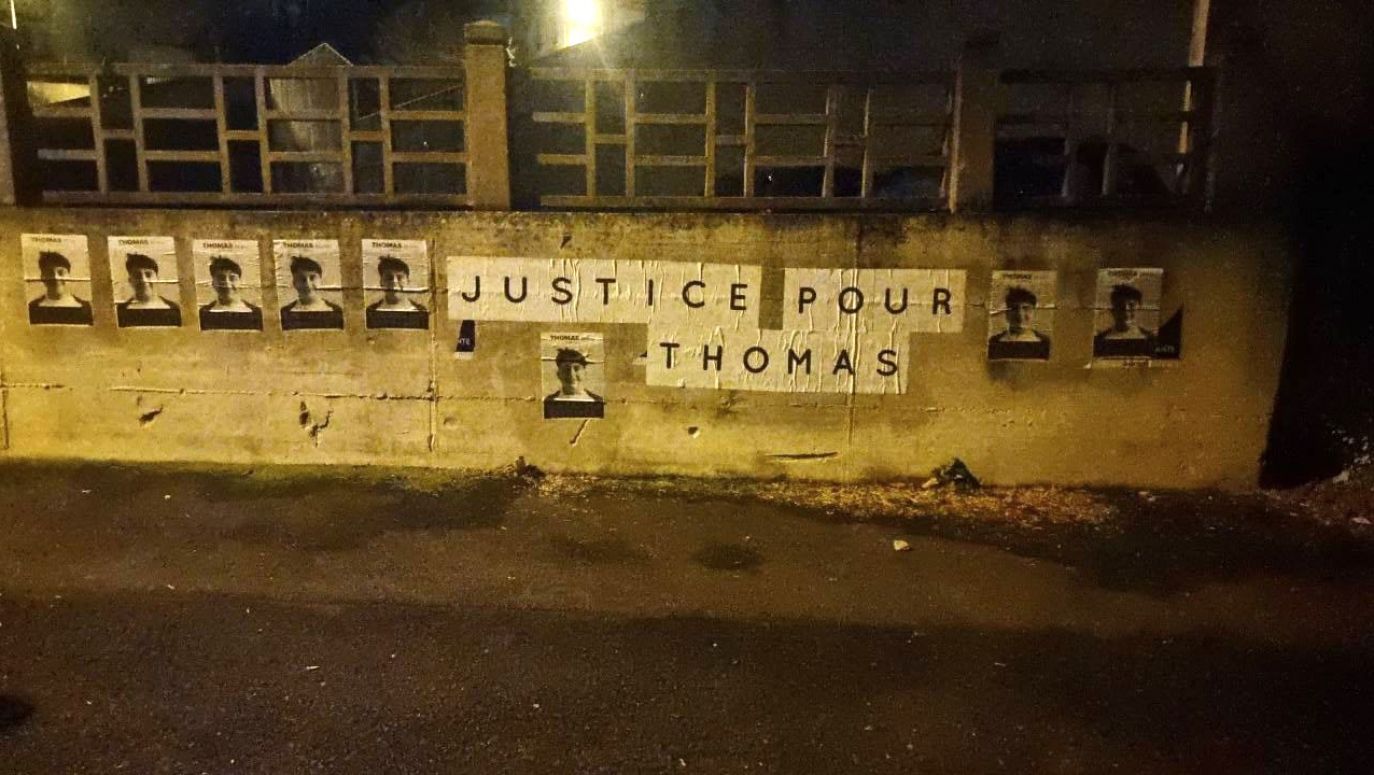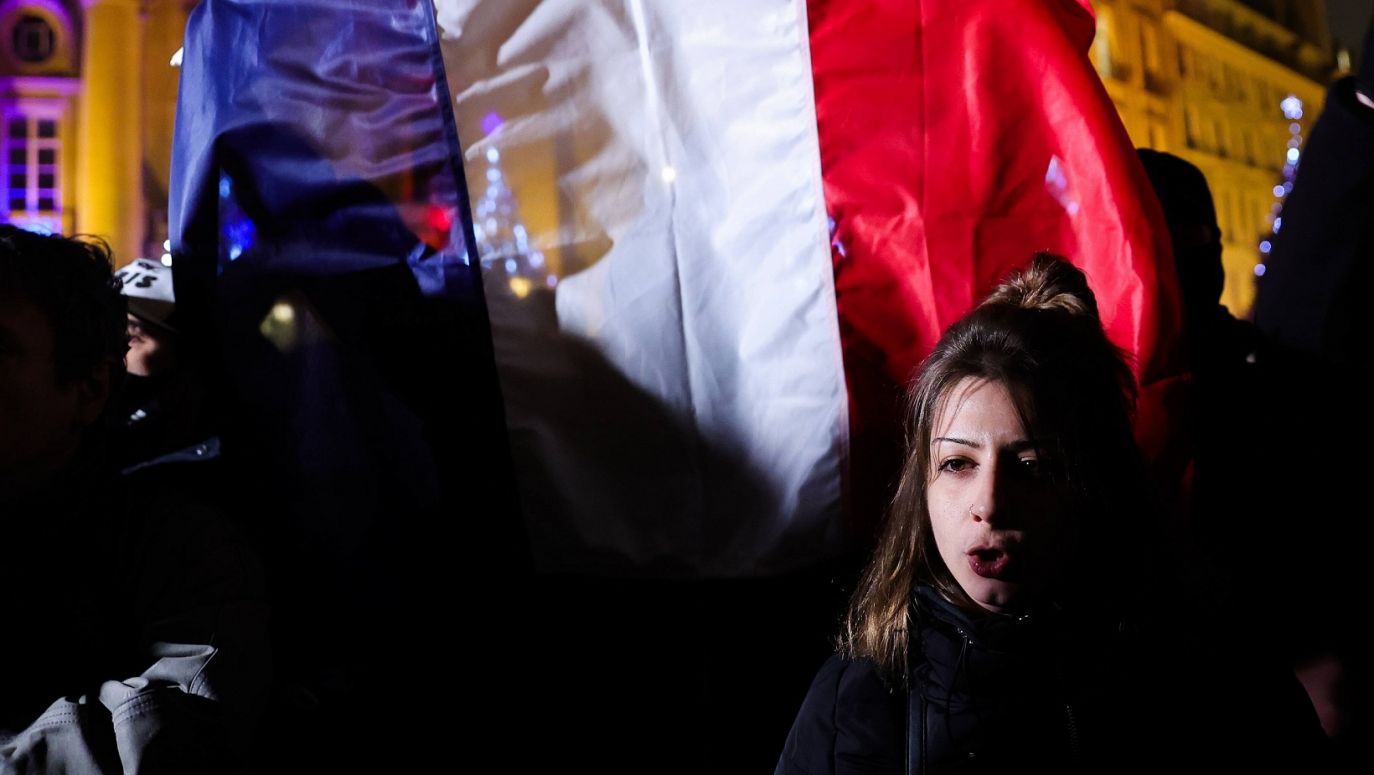 SIGN UP TO OUR PAGE
SIGN UP TO OUR PAGE

While the case of Thomas’ murder was occupying the headlines, , Grérad Collomb, the long-time mayor of Lyon, one of the historic figures of the Socialist Party and then Emmanuel Macron’s man from the very beginning of his presidential career, and his first minister of the interior, died on November 25. The coincidence in time with the events in Crépol meant that in a wave of memories and obituaries, his words from 2018, spoken when he resigned from the Ministry of the Interior, were recalled. He then warned that ”today we are living next to each other but soon we will be facing each other”. This is an extremely radical opinion, consistent with former president François Hollande’s text about the inflaming divisions in France.
Decivilisation is spreading across the map
In fact, the division into two Frances standing opposite each other has already taken place, but has not yet been officially accepted – a sociological division, on the ground, with facade slogans about institutional unity. Promoting the ideology of diversity as peaceful coexistence turned out to be a naive fiction. This is symbolized by two marches that took place at different times in memory of two young people who died tragically. The march in memory of Nahel, who was shot dead by a policeman at the end of June, brought together participants, among whom the only white people were politicians and activists of the extreme left. Among the six thousand people who took part in the white march in Romans after the death of Thomas, you could count the representatives of “diversified France” on your fingers.
The territorial boundaries of this division are fluid and constantly shifting. The recent riots that broke out in France at the turn of June and July and partly spread to urban centres in the provinces, allowed us to notice the phenomenon of the spread of cultural codes typical of the immigrant suburbs of large agglomerations to these smaller cities and towns. Sociologists even coined a special term for this phenomenon:
banlieusardisation, i.e. “suburbisation” (from French
Banlieue – suburbs). Because population movements concern not only the native population fleeing violence and crime, but also the population pushed by gentrification and real estate prices to smaller urban centres. When they move to the provinces, they bring with them the cultural codes of no-go zones: hyperviolence, gangs, drug trafficking, and the phenomenon of loss of moral norms called decivilisation. The stain of this “oil” is spreading more and more widely across the map of France, leaving and means that there fewer and fewer safe places, including even villages of 500 inhabitants.
At the same time, politicians are doing everything in their power not to acknowledge the link between immigration and violence. On the one hand, it is ideologically motivated, because differentiation according to the criterion of origin radically contradicts the a priori postulate of equality, and if the facts say otherwise, so much the worse for the facts. On the other hand, the motivation is also very pragmatic. As Éric Zemmour has said, the authorities are afraid of the “Arab street” and its reaction. This is why, the day after the incident, before the full circumstances of the incident were known, a minute’s silence was observed at the French National Assembly in memory of Nahel, a criminal and recidivist shot dead by a policeman whom he almost ran over after refusing to stop for a traffic control. Thomas, in turn, had to wait ten days for his minute’s silence, and it was decided only to calm public opinion outraged by the unequal treatment of immigrants and natives. “At that first moment there was a rift, and a few months later, when the French saw the radically different treatment of Thomas, they became furious,” says Marie-Hélène Thoraval.
A “banal incident” for which the victims are to blame




 SIGN UP TO OUR PAGE
SIGN UP TO OUR PAGE
 While the case of Thomas’ murder was occupying the headlines, , Grérad Collomb, the long-time mayor of Lyon, one of the historic figures of the Socialist Party and then Emmanuel Macron’s man from the very beginning of his presidential career, and his first minister of the interior, died on November 25. The coincidence in time with the events in Crépol meant that in a wave of memories and obituaries, his words from 2018, spoken when he resigned from the Ministry of the Interior, were recalled. He then warned that ”today we are living next to each other but soon we will be facing each other”. This is an extremely radical opinion, consistent with former president François Hollande’s text about the inflaming divisions in France.
While the case of Thomas’ murder was occupying the headlines, , Grérad Collomb, the long-time mayor of Lyon, one of the historic figures of the Socialist Party and then Emmanuel Macron’s man from the very beginning of his presidential career, and his first minister of the interior, died on November 25. The coincidence in time with the events in Crépol meant that in a wave of memories and obituaries, his words from 2018, spoken when he resigned from the Ministry of the Interior, were recalled. He then warned that ”today we are living next to each other but soon we will be facing each other”. This is an extremely radical opinion, consistent with former president François Hollande’s text about the inflaming divisions in France.




